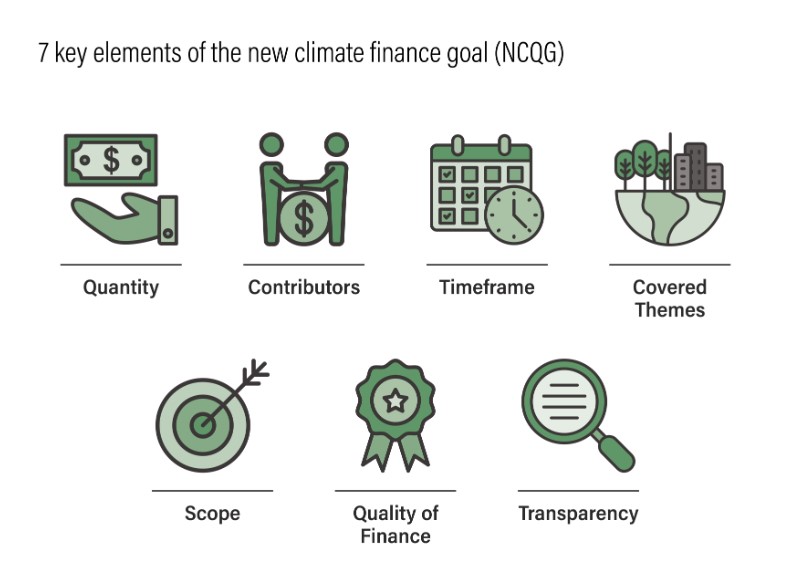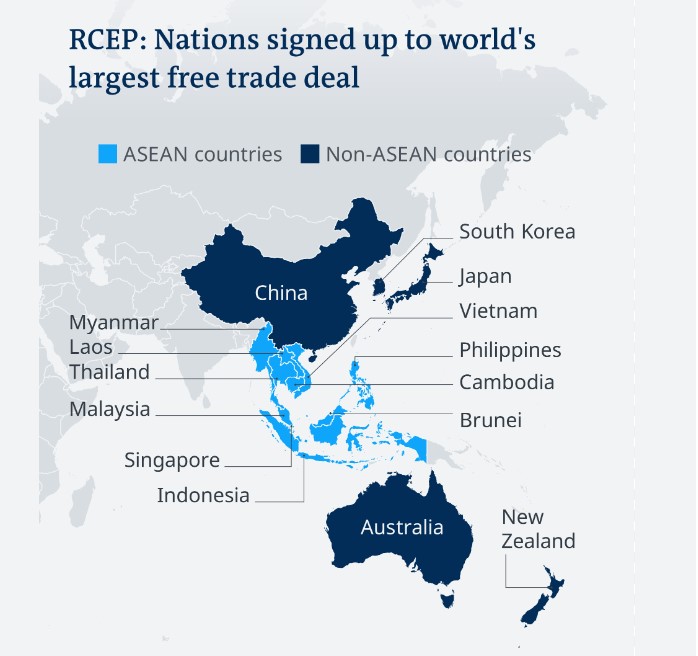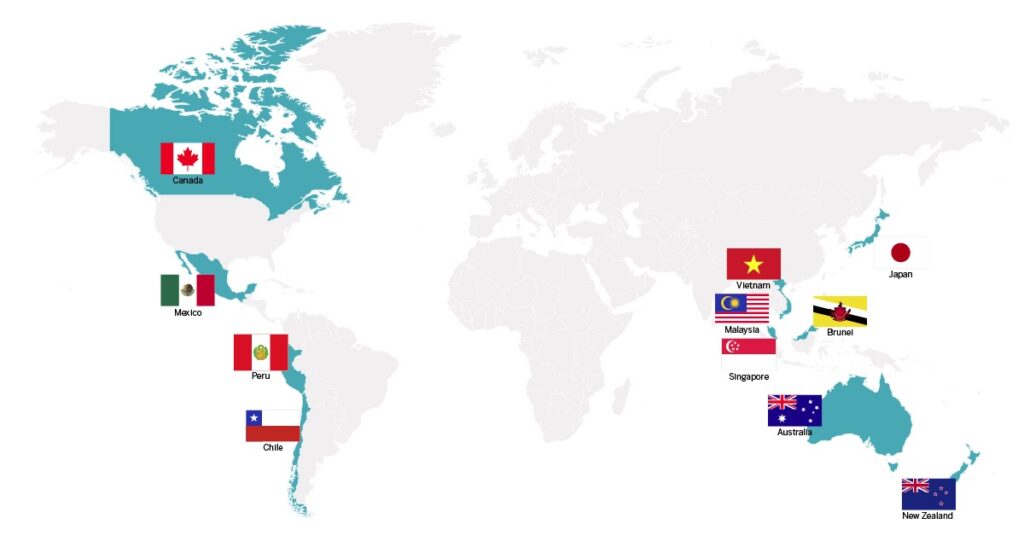The New Collective Quantified Goal (Prelims & Mains- Environment)
Why in news?
NCQG is set to be finalised at COP29, which will shape the future of climate finance. COP29 is being held in Baku, Azerbaijan, from November 11 to 22, 2024.

Why Climate finance for developing countries?
To effectively address climate change and achieve emissions reduction goals, developing countries are encouraged to embrace a transition from fossil fuels, prioritise clean energy solutions, and forgo further hydrocarbon development.
Many developing countries struggle to fund important programs because they don’t have enough financial resources. Additionally, these countries often don’t attract as much investment as developed nations, which have better access to money. To help developing countries reduce their carbon emissions and prepare for future challenges, it’s essential to provide them with climate finance. This has become a key focus in discussions about climate change.
In this context, the New Collective Quantified Goal (NCQG) on climate finance has emerged as a promising framework designed to address the financial needs of developing countries.
New Collective Quantified Goal (NCQG)
At the 29th Conference of the Parties (COP 29) in Baku, Parties are expected to agree a New Collective Quantified Goal (NCQG) for climate finance from a floor of $100 billion per year, taking into account the needs and priorities of developing countries.
A new goal for climate finance needs to mark a transformative shift in unlocking developing country ambition to ensure that the world can achieve the goals of the Paris Agreement.
To achieve this, the goal should be based on the evidenced needs of developing countries, uphold the principle of common but differentiated responsibilities and respective capabilities (CBDR-RC) and support just transition pathways.
Based on modelled projections using the United Nations Global Policy Model (UN GPM), developing countries require around $1.1 trillion for climate finance from 2025, rising to around $1.8 trillion by 2030.
The NCQG is currently under negotiation and is expected to be finalized by 2025.
Why NCQG matters?
- Addressing climate finance gaps
- Fulfilling the emerging markets promise
- Enhancing global climate action
- Catalyzing private sector investment (When governments commit to substantial climate finance goals, it can encourage private investors to align their portfolios with climate-friendly projects)
- Encouraging accountability and transparency
Regional Comprehensive Economic Partnership (RCEP), Comprehensive and Progressive Agreement for Trans-Pacific Partnership (CPTPP) (Prelims & Mains- IR)
Why in News?
India should be a member of the Regional Comprehensive Economic Partnership (RCEP)and Comprehensive and Progressive Agreement for Trans-Pacific Partnership (CPTPP), NITI Aayog CEO B.V.R Subrahmanyam said.

About Regional Comprehensive Economic Partnership (RCEP)
The Regional Comprehensive Economic Partnership (RCEP) is a modern, comprehensive, high-quality and mutually beneficial economic partnership that builds on existing bilateral ASEAN agreements with its 5 Free Trade Agreement (FTA) Partners.
RCEP is a Free Trade Agreement ( FTA) between the 10 ASEAN member states of Brunei, Cambodia, Indonesia, Laos, Malaysia, Myanmar, the Philippines, Singapore, Thailand, Vietnam and 5 Free Trade Agreement (FTA) Partners: China, Japan, South Korea, Australia, New Zealand.
India pulled out of the RCEP in 2019 after entering negotiations in 2013.
The Regional Comprehensive Economic Partnership (RCEP) Agreement was signed on 15 November 2020.
Together, RCEP’s 15 participants account for about 29% ($25.8 trillion) of global gross domestic product (GDP), 30% (2.3 billion) of the world’s population, and 25% ($12.7 trillion) of global trade in goods and services.
RCEP will be the world’s biggest free trade agreement (FTA) measured in GDP—larger than the Comprehensive and Progressive Agreement for Trans-Pacific Partnership (CPTPP), the European Union, the MERCOSUR trade bloc in South America, and the recent United States–MexicoCanada Free Trade Agreement.
Key Features of the RCEP Agreement
Trade in goods: RCEP will improve market access, with tariffs and quotas eliminated in over 65% of goods traded
Trade facilitation. The agreement also contains several trade facilitation elements that go beyond commitments in the World Trade Organization (WTO) Trade Facilitation Agreement, including provisions on time frames for the release of goods, perishable goods, and advance rulings.
Rules of origin. One of the key features of RCEP is committing to common rules of origin for all goods traded. This means a product that meets RCEP originating criteria is subject to the same rules across all 15 member economies.
Trade in services. The agreement promotes greater services trade by lifting the most restrictive and discriminatory barriers to activity.
E-commerce. The agreement encourages member economies to improve trade administration and processes with electronic means. It requires them to adopt or maintain a legal framework that creates an environment conducive to e-commerce development, including data privacy and consumer protection.
Sanitary and phytosanitary measures. The agreement upholds and enhances the implementation of the WTO Agreement on the Application of Sanitary and Phytosanitary Measures. It does this by incorporating relevant international standards, guidelines, and recommendations concerning equivalence, adaptation to regional conditions (including pest-free or disease-free areas and areas of low pest or disease prevalence), risk analysis, audit, certification, import checks, and emergency measures.
Standards, technical regulations, and conformity assessment procedures. RCEP aims not only to improve implementation of the WTO Agreement on Technical Barriers to Trade but also to promote mutual understanding between members about each other’s standards, technical regulations, and conformity assessment procedures, and to improve information exchange and cooperation in this field.
Competition. RCEP also aims to establish open and competitive markets that promote economic efficiency and uphold consumer welfare. To achieve this, the agreement includes obligations to adopt or maintain competition laws and independent competition authorities to enforce antitrust laws.
Government procurement: The agreement underscores the important contribution of government procurement in regional economic integration, job creation, and economic growth. ASEAN economies such as Indonesia, the Philippines, and Thailand will make meaningful government procurement commitments.
Intellectual property: RCEP members represent a diverse mix of developed, developing, and least-developed economies with significant variations in intellectual property resources. A significant feature of the agreement is its balanced and inclusive approach to the coverage, protection, and enforcement of intellectual property rights.
Small and medium-sized enterprises: RCEP recognises the significant role of small and medium-sized enterprises, including micro-enterprises, in driving economic growth, employment, and innovation. It aims to ensure that they benefit from and utilise the opportunities the agreement presents.
TPP and CPTPP
The Trans-Pacific Partnership Agreement (TPPA) was a trade agreement between 12 Pacific Rim nations: Australia, Brunei, Canada, Chile, Japan, Malaysia, Mexico, New Zealand, Peru, Singapore, the United States and Viet Nam signed on 4 February 2016
The United States President Donald Trump signed an Executive Order to withdraw from the TPPA on 23 January 2017.
Without US participation, the Agreement could not enter into force.
In light of the US withdrawal, the TPP Ministers from the remaining 11 member countries reached an agreement on the core elements, the text of the agreement and way forward to implement the TPPA, which was renamed as the Comprehensive and Progressive Agreement for the Trans-Pacific Partnership (CPTPP).

The CPTPP was signed by all 11 participating countries – Australia, Brunei Darussalam, Canada, Chile, Japan, Malaysia, Mexico, New Zealand, Peru, Singapore and Vietnam – on 8 March 2018 in Santiago, Chile.
CPTPP is largely based on TPP, although a number of TPP provisions are suspended.
CPTPP is a free trade agreement, not a customs union or a single market. Its members can therefore, pursue independent trade policies with non-CPTPP members.
UK set to join CPTPP in December 2024 – The UK is the first country to join CPTPP since its formation and will be the first member from Europe.
RCEP vs CPTPP
The two agreements differ in their breadth and depth.
- The degree of liberalisation within RCEP is not as deep as in the CPTPP, and the coverage is less comprehensive.
- In terms of economic size, RCEP is much bigger. The 15 nations in RCEP account for 29% of global GDP, 25% of global trade, and a population of 2.3 billion, while the 11 nations in CPTPP account for 13% of global GDP, 14% of global trade, and a population of 507.7 million.
- Unlike the CPTPP, RCEP does not include provisions to harmonise regulatory standards on the environment or labour markets.
Opportunity for India
Joining RCEP will be best for India’s Micro, Small & Medium Enterprises (MSME) sector because 40 per cent of India’s exports are from MSME but not from big corporates.
CPTPP is a free trade bloc spanning five continents, made up of Pacific rim countries of Canada, Mexico, Peru, Chile, New Zealand, Australia, Brunei, Singapore, Malaysia, Vietnam and Japan.


